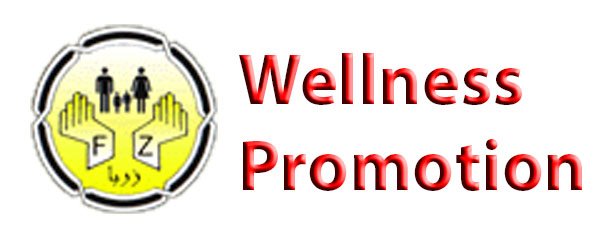|
Smoking
|
Smoking status should be assessed for every patient over 10 years every 12 months and those who smoke should be offered brief smoking cessation counseling and followed up (A)
For those who are at high risk (mental illness, chemical dependence) should be assessed for smoking at every 6 months as a part of history taking (A)
The U.S. Preventive Services Task Force (USPSTF) strongly recommends that clinicians screen all adults for tobacco use and provide tobacco cessation interventions for those who use tobacco products. (A)
The USPSTF strongly recommends that clinicians screen all pregnant women for tobacco use and provide augmented pregnancy-tailored counseling to those who smoke. (A)
|
Clinical Considerations
- Brief tobacco cessation counseling interventions, including screening, brief counseling (3 minutes or less), and/or pharmacotherapy, have proven to increase tobacco abstinence rates, although there is a dose-response relationship between quit rates and the intensity of counseling. Effective interventions may be delivered by a variety of primary care clinicians.
- The 5-A behavioral counseling framework provides a useful strategy for engaging patients in smoking cessation discussions:
|
The Five 'A's model for facilitating Smoking Cessation
|
|
Ask all patients about smoking status and assess smoker’s readiness to quit. Smoking status should be documented in the medical record.
Advise all smokers to seriously consider making a quit attempt using a clear and personalized message. Advice as brief as 3 minutes is effective [A*].
Assess all smokers' willingness to make a quit attempt. If not yet ready to quit, offer motivational intervention using the 5 “R’s” - relevance, risks, rewards, roadblocks, repetition.
Assist those ready to make a quit attempt: - Set a quit date. Quit date abstinence is a strong predictor of long term success [C*]. - Give advice on quitting and provide supplementary materials. - Prescribe pharmacologic therapy as appropriate. Nicotine replacement therapies, bupropion hydrochloride, and varenicline have been proven effective [A*].
Arrange follow-up either with phone call or office visit. - Prevent relapse by congratulating successes and reinforcing reasons for quitting. - Assess any difficulties with pharmacologic therapy.
|
|
Refer patients interested in quitting within 30 days to a Tobacco Treatment Specialist or other appropriate tobacco cessation program. Alternatively, health care providers can directly provide the following treatment.
|
- Helpful aspects of counseling include providing problem-solving guidance for smokers to develop a plan to quit and to overcome common barriers to quitting and providing social support within and outside of treatment. Common practices that complement this framework include motivational interviewing, the 5-R’s used to treat tobacco use (relevance, risks, rewards, roadblocks, repetition), assessing readiness to change, and more intensive counseling and/or referrals for quitters needing extra help.
- Clinics that implement screening systems designed to regularly identify and document a patient’s tobacco use status increased their rates of clinician intervention, although there is limited evidence for the impact of screening systems on tobacco cessation rates.
- At any age physicians should assess readiness to quit and nicotine dependence, offer brief non judgmental advice to quit and refer to smoking cessation clinic at first consultation and follow up monthly (A).
- Those who are physically addicted, with smoking related diseases, with diabetes or other cardio vascular risk should be assessed for readiness to quit and nicotine dependence, brief non judgmental advice to quit, refer to smoking cessation clinic (B).
- Passive smokers should be counseled to avoid exposure to tobacco smoke at every consultation (B)
"5 R’s" of Motivational Intervention
For Patients Not Yet Ready to Make a Quit Attempt
|
"5 R’s" of Motivational Intervention
|
|
Relevance
Tie smoking to current health/illness, and/or social and economic costs of tobacco use, motivation level/readiness to quit, and/or the impact of smoking on children and others in the household For example, “Your child's asthma flare is certainly related to your smoking habit It would be in your child’s best interest for you to set a quit date in the near future.”
Risks
Ask patient to identify potential negative consequences of smoking:
- Acute risks - shortness of breath, exacerbation of asthma, impotence, infertility
- Long term risks - heart attacks, strokes, lung and other cancers, COPD
- Environmental risks - increased risk of lung cancer in spouse and children; higher rates of smoking by children; increased risk for SIDS, asthma, middle ear disease and respiratory infection in children
Rewards
Ask patient to identify 1) any positive benefits they currently derive from smoking. Discuss alternative methods for filling the potential void after cessation. 2) the potential rewards of smoking cessation including improved health, improved taste, money saved, healthier children, freedom from addiction.
Roadblocks
Ask patient to identify barriers to quitting smoking (e.g., partner or co-worker who smokes, fears about quitting smoking, etc.).
Repetition
Repeat above strategies every time an unmotivated patient has a visit.
|
|
